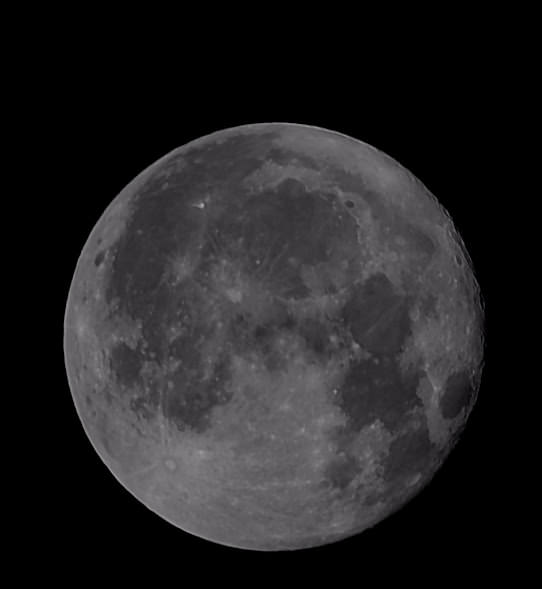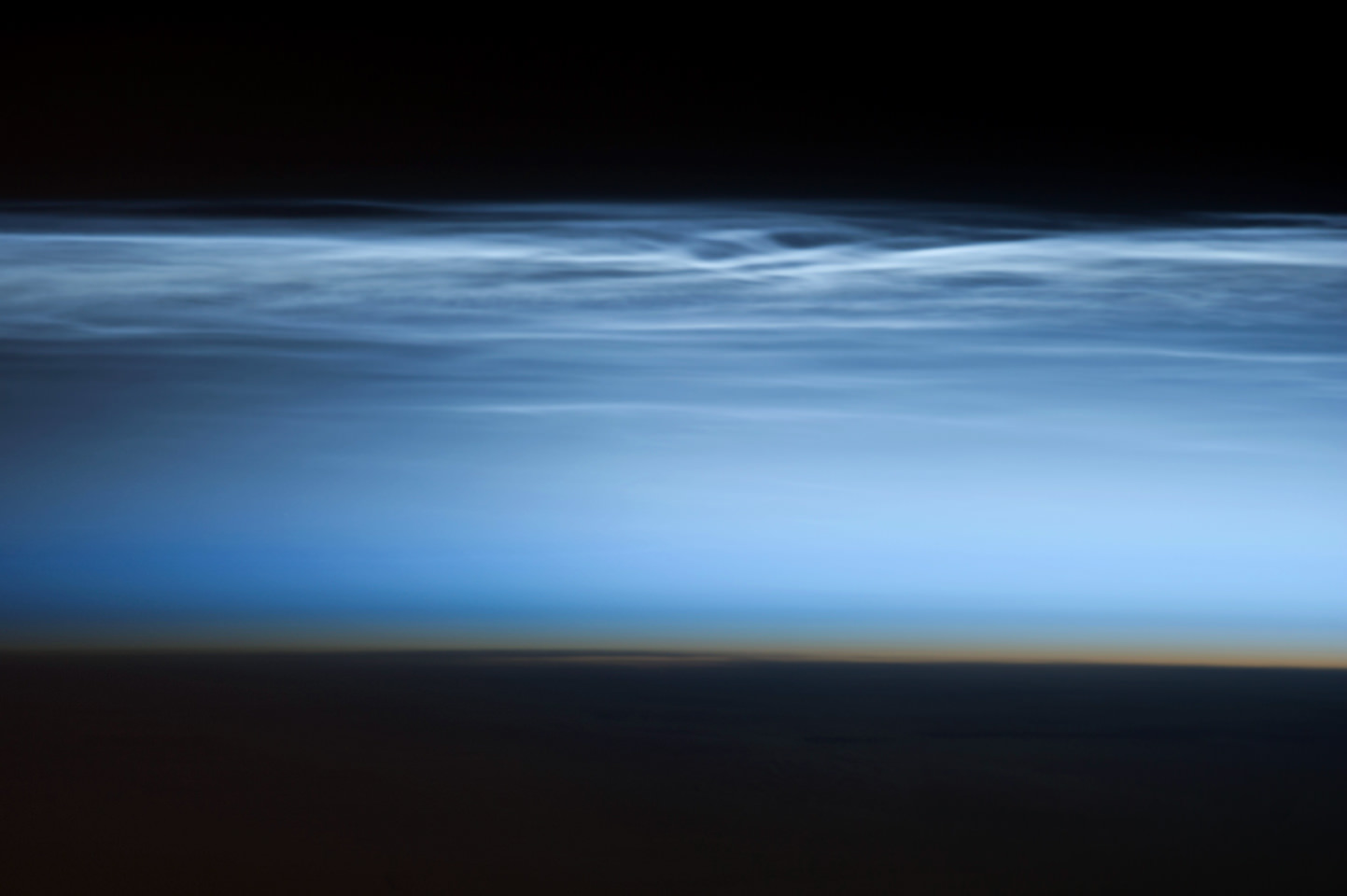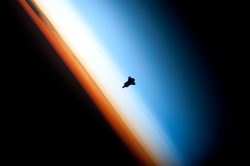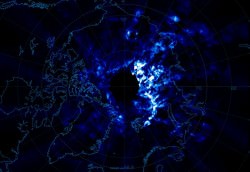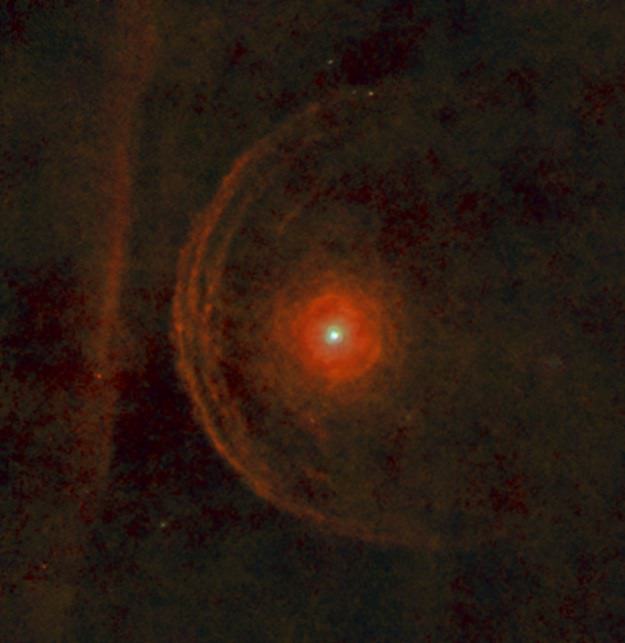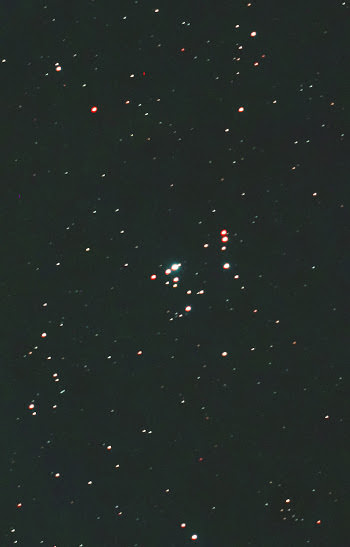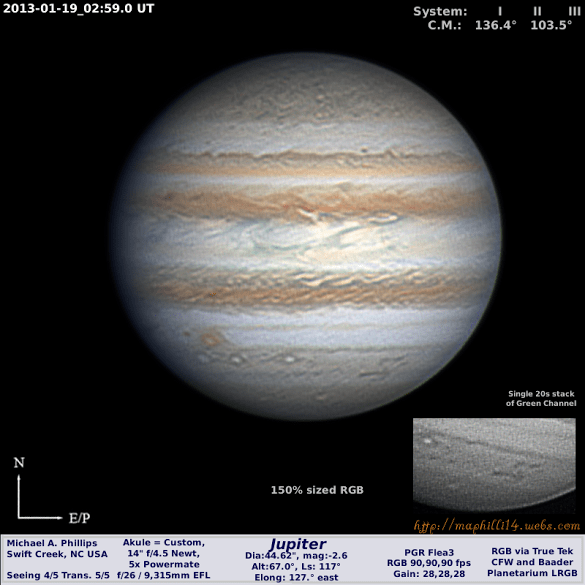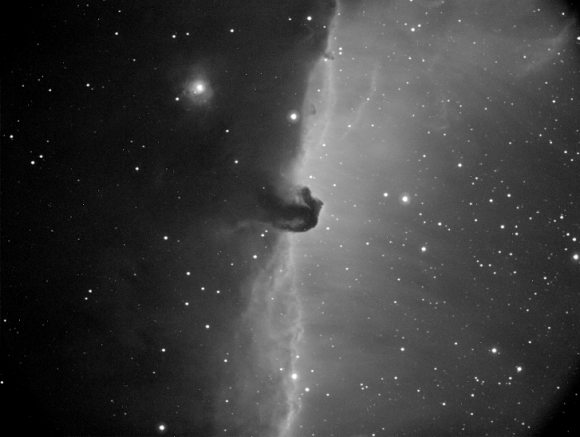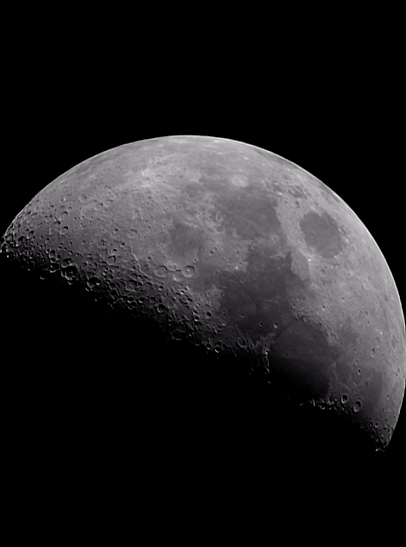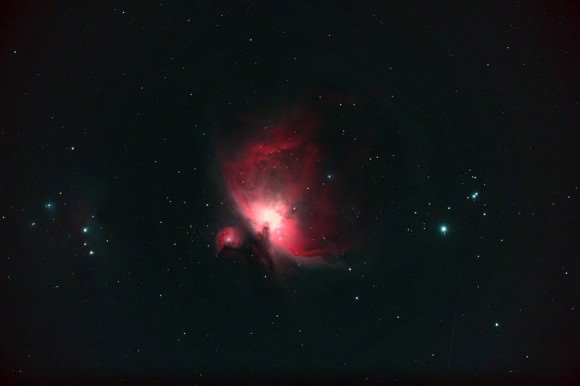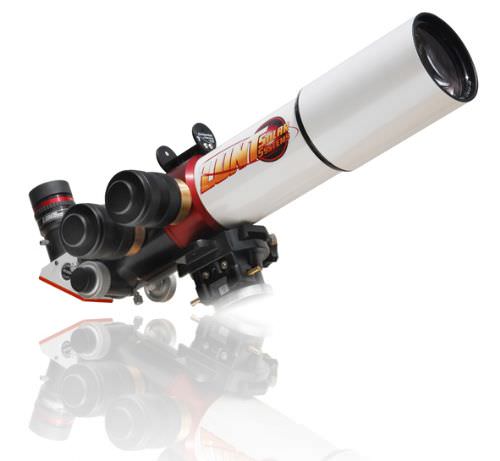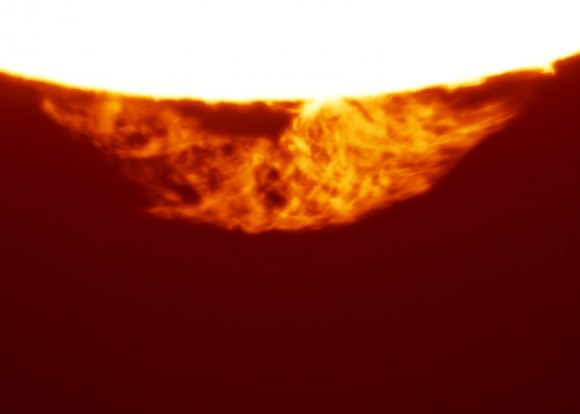A new image from ESO’s APEX instrument shows a cloud of gas and dust in the Orion region. Image credit: ESO
When astronomers see dark regions in nebula in visible light, they know there’s something going on. There’s got to be some kind of star forming activity pumping out material that obscures the view to the newly forming starts. Switch to infrared and you can peer through that intervening dust to see the young stars at work.
Astronomers using the European Southern Observatory’s Atacama Pathfinder Experiment (APEX) telescope in Chile were surprised to see a dark region in the nebula NGC 1999, even in infrared, when the cause of the dark region should have been apparent.
Ooo, mystery.
These dark regions in nebulae have been observed for hundreds of years. Even William Herschel found one in the constellation Scorpius back in 1774.”Truly there is a hole in the sky here!” he noted. But it wasn’t a hole. It was a region where star formation is actively happening.
Under construction, nothing to see here, come back in a million years when the newly formed stars have generated powerful solar winds and are clearing out their stellar neighborhoods.
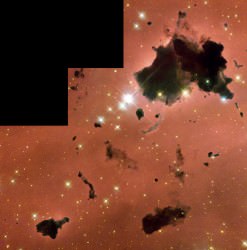
Here, I’ve attached an image of bok globules (dark nebulae in IC 2944), which can contain 2 to 50 solar masses of material contained within a volume of about a light-year. Often these dark regions can result in double or even multiple star systems.
But in the case of NGC 1999, astronomers used the APEX instrument to peer at this region in infrared; the perfect wavelength to see through all that dust.
And the hole, this dark region, was still there.
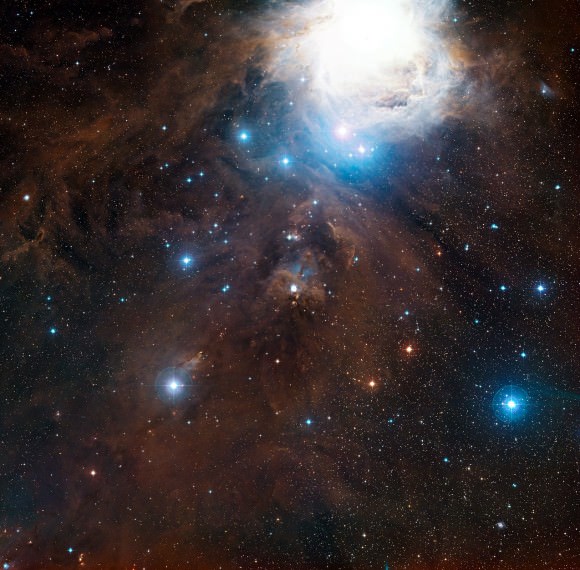
This is a widefield view of the region around NGC 1999. The nebula itself is right at the middle of this image, with the more famous Orion Nebula up at the top of the picture. Image credit: ESO/Digitized Sky Survey 2. Acknowledgement: Davide De Martin
Thanks to multiple observations from different instruments, astronomers think they’ve puzzled out the nature of this dark hole. It’s actually a cavity carved out by the star V380 Orionis. It really is a dark hole in the nebula, and not a secret star forming region at all.
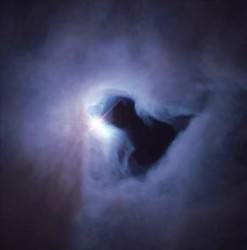
V380 Orionis is the brightest star in the region of NGC 1999 – it’s actually the brightest member of a triple star system. It’s got a surface temperature of about 10,000 Kelvin and contains about 3.5 times the mass of the Sun. Back in 2010, researchers uncovered that a powerful jet from V380 Ori is probably responsible for carving out this gap in the nebula.
Original Source: ESO News Release
P.S. Pixies running through my head as I’m writing this.

